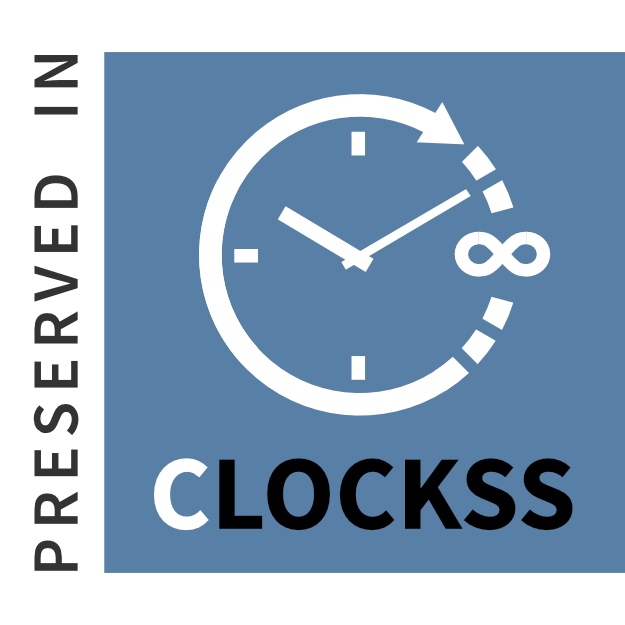Body Language in the Works of Sculptors George Segal and Duane Hanson
قصي زين العابدين طعمة
DOI:
https://doi.org/10.35560/jcofarts91/149-170Keywords:
Body Language , Sculptors ,George Segal , Duane HansonAbstract
The means of communication in the accepted human contexts depend on several modes, beginning with the oldest of which in history, represented by the sign language, the sign and the symbol and ending with it, until countless of them became icons that are circulating between the societies themselves or with their neighbors. These icons are often implied in formations that represent a visual discourse which the sender uses as a means and as a message at the same time to express a certain phenomenon in society or in his human self, and thus the sender or performer or artist, in the end, adopted a visual intermediary in order to position his speech in its entirety and perhaps in a specific part of it, to carry the content of that speech and convey it clearly. The presence of the body in various representations from ancient civilizations until our current age is subject to the formal appearance of that presence and a representative of the performance and intellectual system followed by the artist or producer, and from this simple introduction of the idea of the dominant human body in the visual discourse, whether was embodied or declared its tyranny in absentia, the researcher finds it necessary to search in his total existence in form and substance, and in two sculptors who have dealt with the human body in ways that are almost unique in many of the mechanisms and techniques or in their philosophies and their respective ideologies, namely George Segal and Duane Hanson, who were distinguished by their influential presence in contemporary American sculpture and then world sculpture.
The research included an introduction in which the researcher presents the problem and then the most important objectives, importance and limits, and the definition of the most important linguistic and procedural terms. The researcher moves on to the conceptual framework which consists of two sections: the first one is " the concept of the body as a communicative language in the thought" And the second section is entitled (The technical and performance transformations of the body in the formation of modernity and beyond it), and coming out with several indicators that contributed to the framing and addressing the analysis tools of the research sample, which included four samples of two for each sculptor, which was selected deliberately to represent the research community, and come up with a number of results including:
1. Counting the body at the various intellectual trends and across history, as the mediator and the bearer and the language of the Communicative speech in different societies.
2. The dominance of capitalism, marketing and commodity ideas, especially after entering the United States the formation society and its impact on enterprises that are producing and receiving it. , 3 - the rapid scientific development in various fields contributed to the emergence of contemporary formation, sometimes in the form of those scientific achievements.













